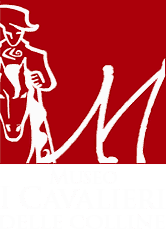JUSTICE
Under the Judicates, rural communities defended their own interests through the so-called mandatores and pupillos, who had safeguard and protection duties.
Territorial and jurisdictional powers were entrusted with majores and curatores, who controlled the administrative subdivisions of the judicate, called curatorias.
Under the Catalan-Aragon, majores de villa or de iscolca became an ambiguous figure, divided between their obedience towards the local lord and the smooth collection of taxes and the providing of services in the villages.
More...
Under the Spanish kingdom, the role of mayors began to evolve from a prosecutor for the legal defense of communities to a representative of the needs and interests of communities. Majores de justicia were instead linked to the baronial power, being a direct expression of it, with jurisdictional tasks.
In the Marquisate of Quirra, the mostly used method for the appointment of mayors was the direct election by the community assembly, by a majority vote. Often, a couple of mayors was elected.
Throughout the 17th century, and for part of the 18th century, the following positions shared the government of a village: mayors were the most direct expression of a community interests, whereas majores de justicia were mostly linked to the execution of baronial directives and the maintenance of public order.
With the royal decree dated September 24, 1771, the Consigli Comunitativi (Community Councils) were established: the Savoys wanted to establish a unitary and stable regulation to the different administrative bodies of rural communities. However, the intended result of this reform was weakened due to the negotiations over baronial interests: the council was eventually elected by an assembly of heads of (noble) families. Elections were held only once, upon a royal approval. The elected councillors remained in office for a long time and the mayor was elected among them. The entry of any new members was co-opted by the principales of the community. The minister of justice or the feudal lords’ designees could attend the meetings, as well as the local censor and sometimes the captain of the so-called barracelli, with a non-interference right over the affairs of the Council.

the catholic churc and their justice
At the end of the 15th century, the Spanish king Ferdinand the Catholic created the Supreme Court of the Spanish Inquisition after a long struggle with the Roman Pontiff.
This court was mainly responsible for the elimination of heretics and infidels, the contrast to practices of magic and witchcraft, the correction of some clergy members’ disparities about the doctrine.
More...
The Inquisition involved also Sardinia, with headquarters first in Cagliari and then in Sassari. High prelates, usually Bishops, were appointed as head of the Inquisition; this was the case for the Bishops of Ales-Terralba, Giovanni and Andrea Sanna.
To extend the court’s territorial control, the role of Familiares of the Holy Office was introduced, a secular position that could be covered by wealthy people and represented constituting the Inquisitors’ ‘longa manus’. The Familiares of the Holy Office were exempt from the ordinary, feudal and royal jurisdiction, and could only be tried by ecclesiastical courts. Such abuse of power by the ecclesiastical officials triggered a series of warnings from the central bodies of the Spanish Inquisition and a number of jurisdictional conflicts between ordinary and ecclesiastical courts. The Familiares, who were not always appointed in accordance with the rules, were able to safeguard their personal, economic and political interests through their role.
Most of Sardinia’s trials, called autodafé, did not concern heresy but ambiguous situations concerning theology or accusations of magic and witchcraft.
Before trials, which were often held in a public place, the defendant was imprisoned and subjected to torture to extract their confession of guilt.
In 1576, the Parte Montis citizen Miguel Naitena’s autodafé was held in Sassari: pretending to be an Inquisition officer, he arrested a woman who refused his “conversacion carnal” proposals. He was imposed a sentence of 100 strokes of the whip and 3 years as an oarsman without being paid.
The Inquisition also served as a religious pretext to brutally resolve political issues, as in the case of Sigismondo Arquer, a Royal tax lawyer and humanist, who was sentenced to death by burning for heresy in 1571, in Toledo.
In the 18th century, when Sardinia passed under the Savoys’ control, the power of the local Inquisition was gradually reduced, and its officers became ordinary diocese officials again.
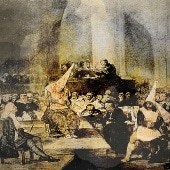
justice and feudal rights
Barons were responsible for the administration of justice, the extent of which depended on the type of royal concession granted to the feudal lords.
More...
The Marquises of Quirra were granted an allodial concession, allowing succession rights also to the female bloodline and the right to exercise the mero et mixto imperio, which granted the power to administrate both civil and criminal justice. Each curatoria (territorial administrative region) or barony belonging to the Marquisate established their own baronial curia and appointed their own judges. Often, there were fiscal cases, whereas others concerned criminal facts. The administration of feudal justice resulted haphazard and arbitrary: some curiae did not have accessible archives, their staff was underqualified, widespread corruption and connivance with organized bandos, prisons reduced to pillories and confined spaces.
Besides the militias, Masullas housed the baronial curia with their prison in the museum’s premises.
To stop the overwhelming power of barons in the administration of justice, in 1564 the Spanish king Philip II established the court of the Royal Audience, which judged on appeals on the cases between vassals, villages and feudal lords.
Letrados, namely experts in legal matters, were part of it. The most important position within the judiciary authorities was the Regent of the Royal Chancellery, assisted by other judges, such as Fiscal Lawyers.
In 1651, following the Stamenti request in the Parliament the Criminal Room of the Royal Audience was established, with jurisdiction over criminal cases.
The role that the Royal Audience took on during the Spanish period was not merely juridical, since over time it became an advisory body supporting the viceroys in the government of the Kingdom.

POLO MUSEALE MASULLAS
More...
...allodiale, con la prerogativa di successione anche per linea femminile e l’esercizio in sede giurisdizionale del mero et mixto imperio, che concede il potere di amministrare la giustizia sia nel civile che nel criminale.In ogni curatoria o baronia appartenente al Marchesato vengono istituite le curie baronali e sono nominati i diversi giudici. Le cause sono spesso di natura fiscale, altre riguardano fatti criminali. L’amministrazione della giustizia feudale risulta però confusa e arbitraria: curie senza archivi ordinati, personale dotato di scarsa preparazione, corruzione e connivenza con i bandos organizzati, carceri ridotte al solo ceppo e in locali molto ristretti.
Masullas, oltre alle milizie, ospita in questi locali la curia baronale con le relative carceri.
Nel 1564, per fermare lo strapotere dei baroni nell’amministrazione della giustizia, il sovrano spagnolo Filippo II istituisce il tribunale della Reale Udienza, che giudica in appello sulle cause tra vassalli, villaggi e feudatari.
A farne parte sono letrados esperti in materie giuridiche. L’incarico più importante all’interno della magistratura è il Reggente della Reale Cancelleria, coadiuvato da altri giudici, come l’Avvocato Fiscale.
In seguito alla richiesta degli Stamenti nel Parlamento, nel 1651 viene istituita la Sala Criminale della Reale Udienza, con competenza sulle cause di natura penale.
Il ruolo che la Reale Udienza assume nel corso del periodo spagnolo non è meramente giuridico, poiché essa col tempo diventa un organo consiliare che supporta i viceré nel governo del Regno.
Info
Ex Convento dei Cappuccini
Via Cappuccini, 57
09090 MASULLAS (OR)
Sardegna
Italia
coopilchiostro@tiscali.it
Collegamenti
- Atti amministrativi
- Termini e condizioni
- Privacy Policy
- Cookie Policy
- CEAS
Newsletter
Iscriviti alla nostra newsletter per rimanere aggiornato sugli eventi del polo museale del comune di Masullas
SOSTEGNO PUBBLICO
PROGETTO NEOLITHIC PARK 3D
CUP: E78D17000220007
Bando CultureLab “Sostegno finanziario alle imprese del settore culturale e creativo per lo sviluppo di progetti culturali innovativi”

